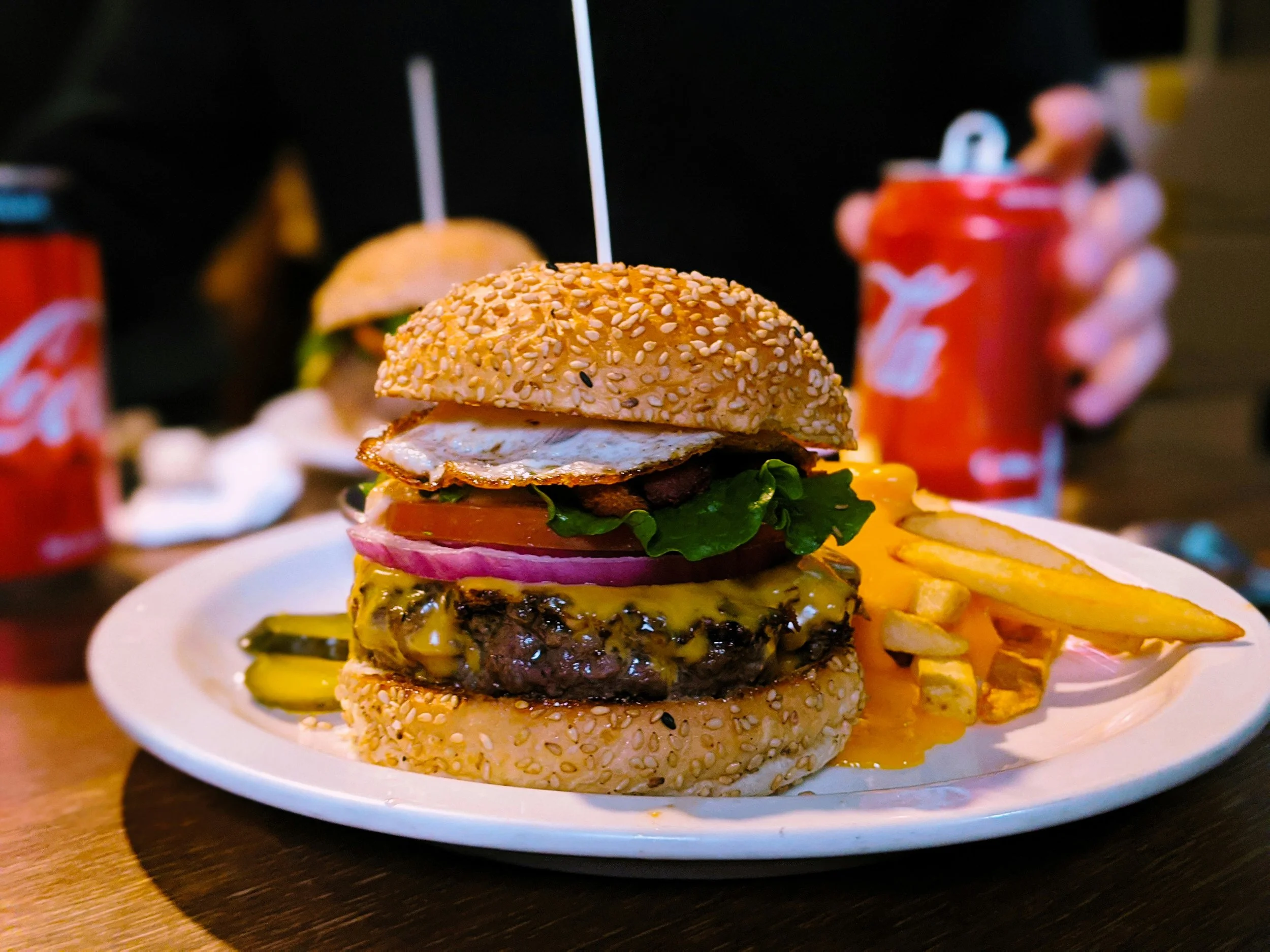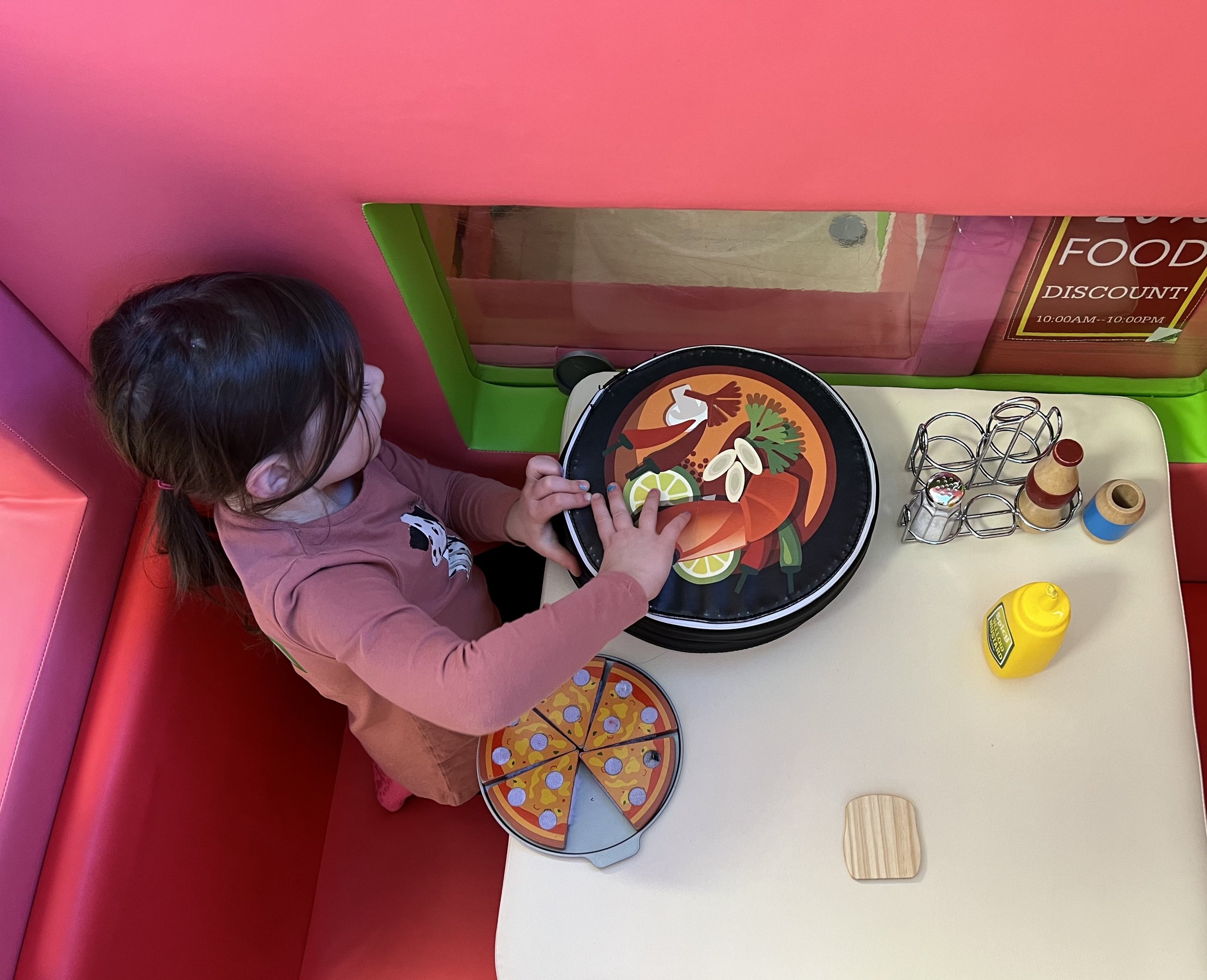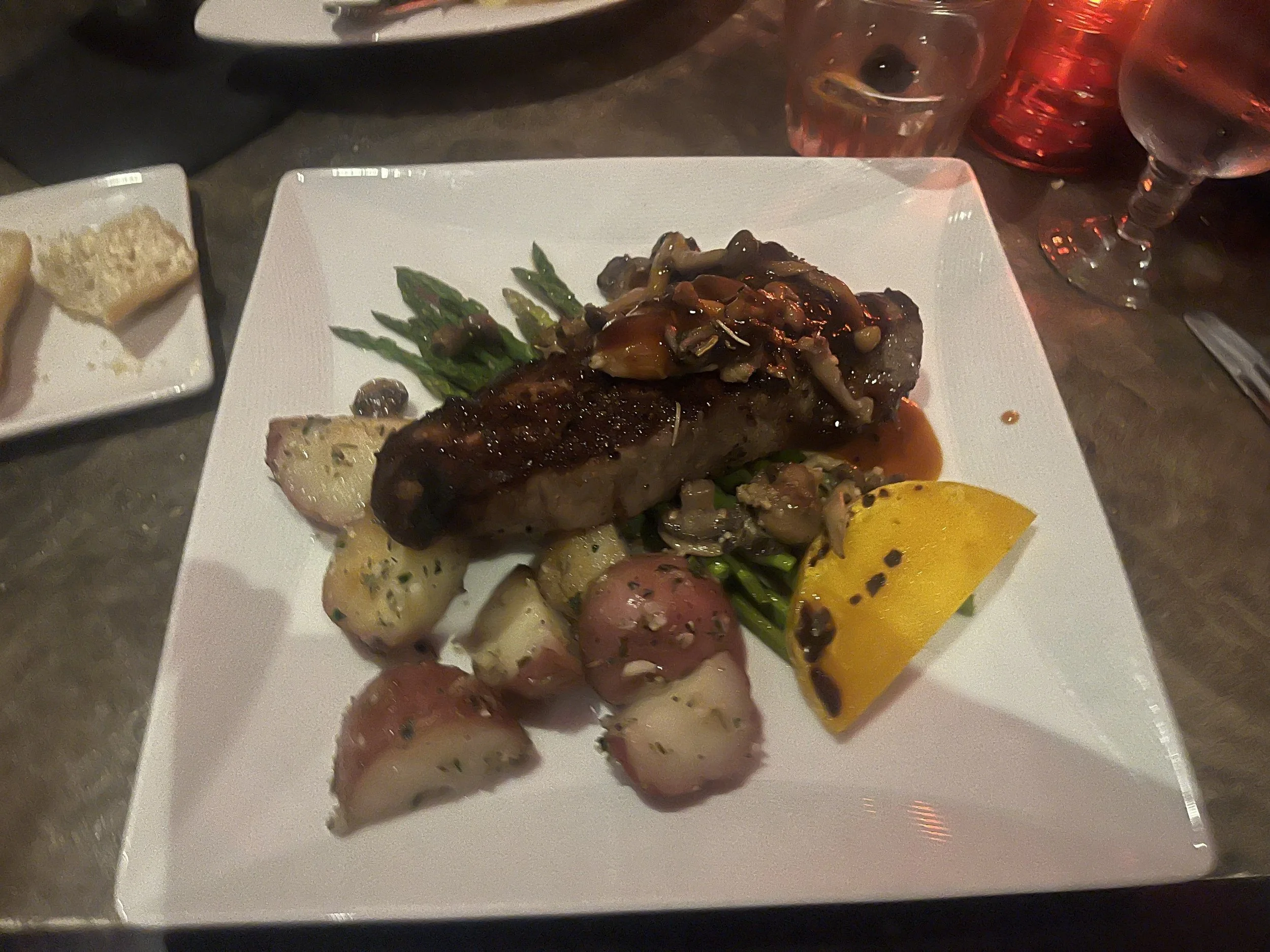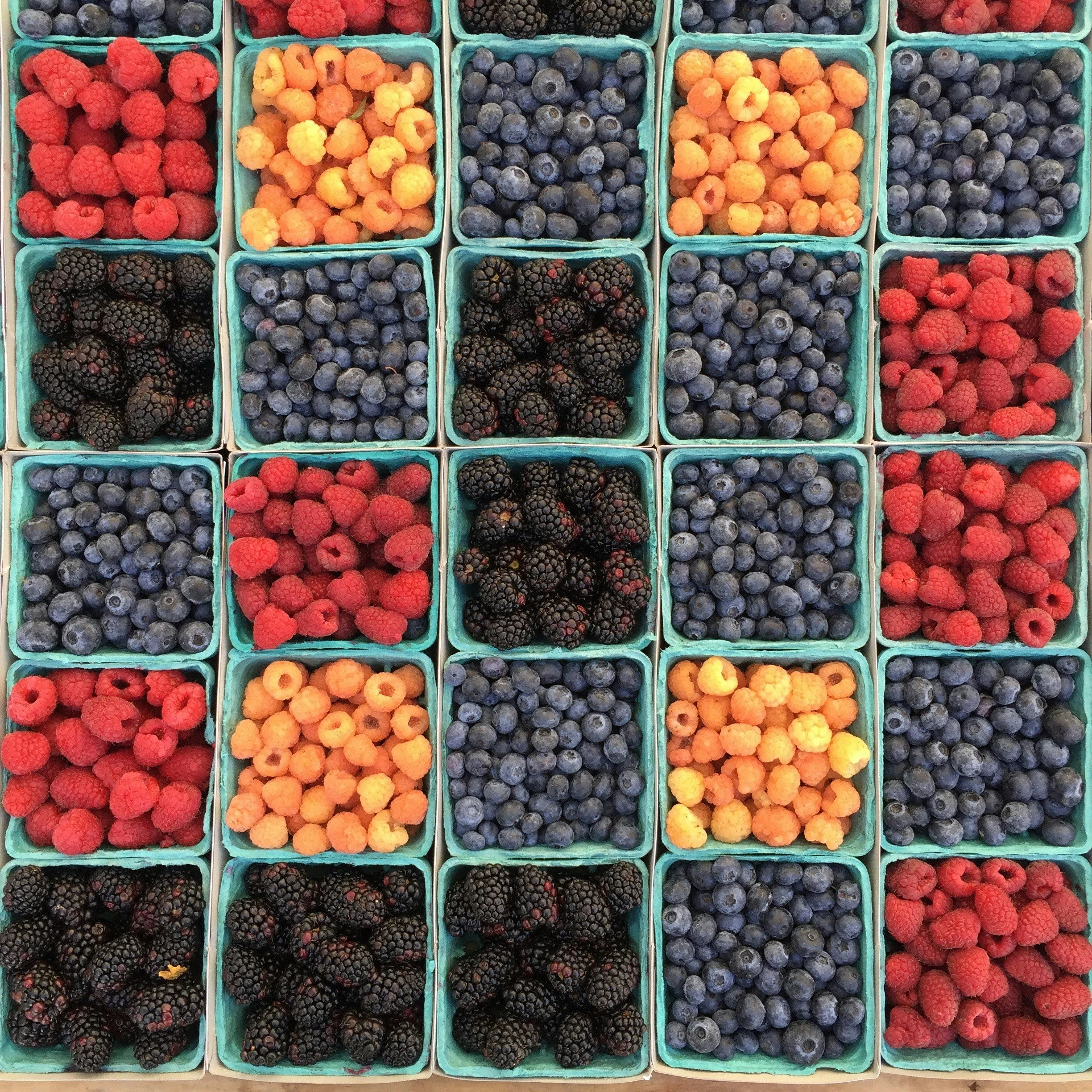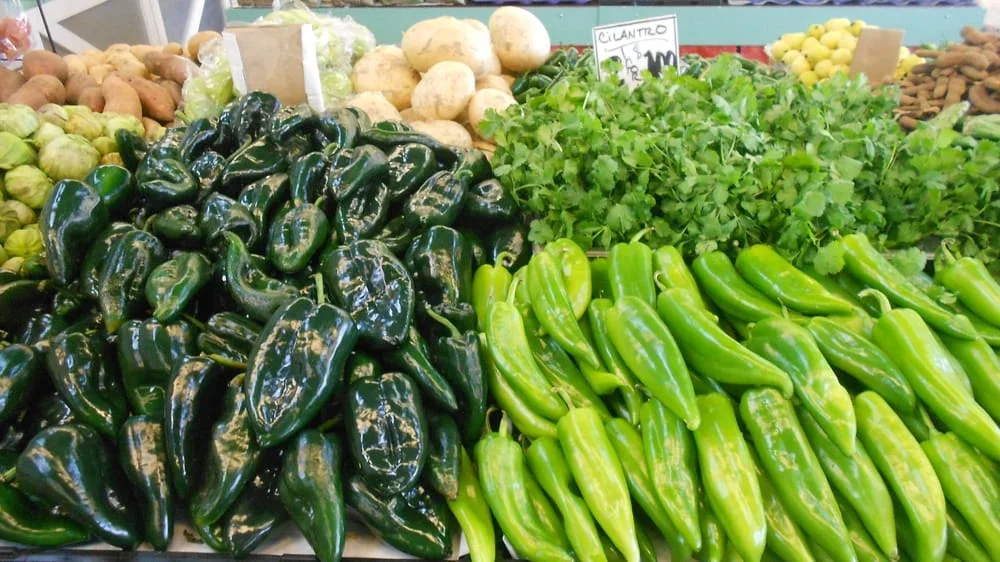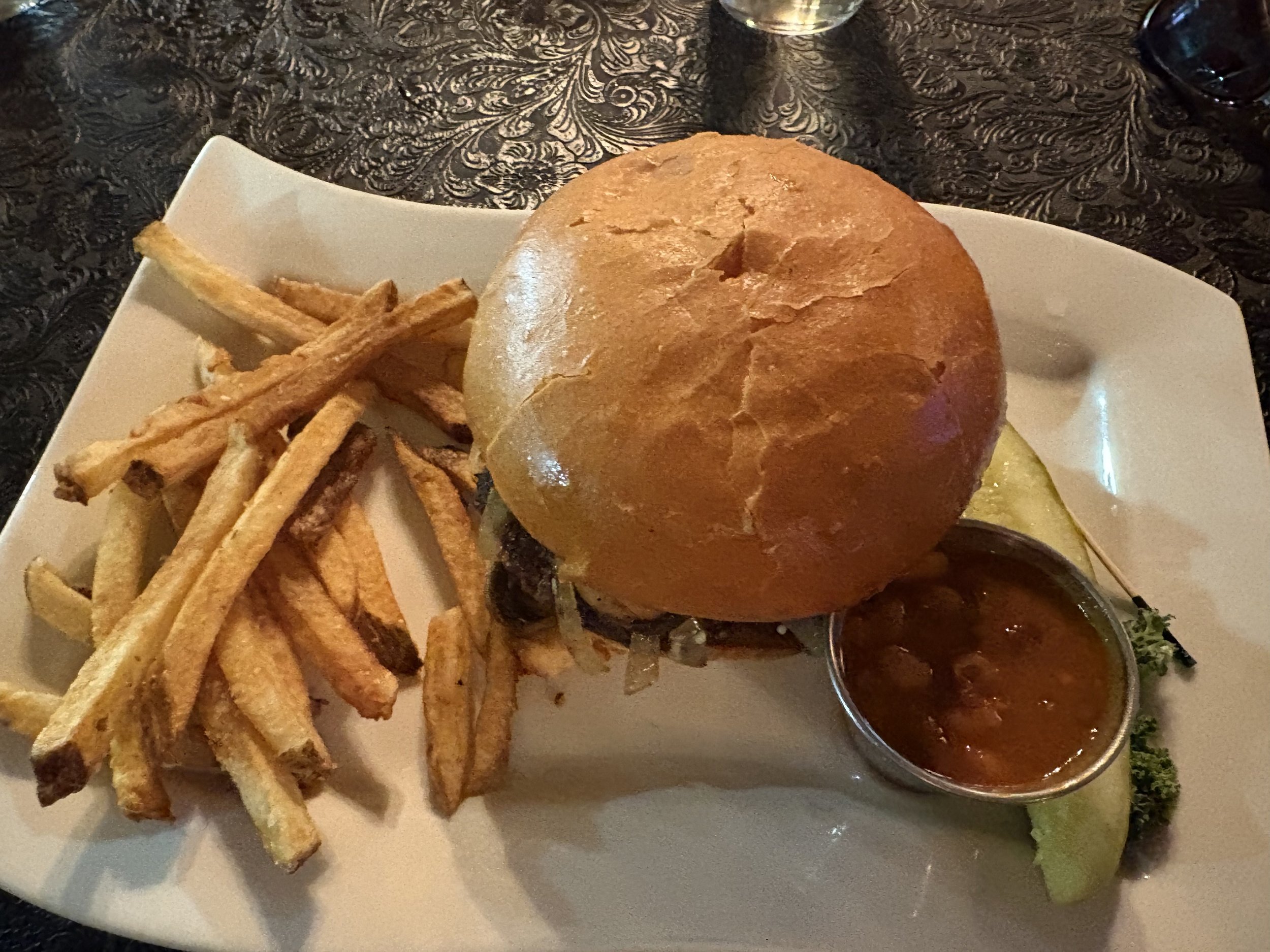Everett Gardening: Easiest Vegetables to Grow
Editor’s note: This is a second in a gardening series written by Everett green-thumbed neighbors. We’ll have more stories for you to harvest soon!
While we may have never experienced a pandemic like this in our lifetime, I’m seeing a lot of friends and neighbors biding their time in quarantine by turning to the traditional wartime patriotic pursuit of gardening. Civilian Victory Gardens were encouraged during both World Wars to help prevent food shortages and support self-sufficiency. You too can “Sow the seeds of Victory” at home by planting the same fruitful crops that past generations relied on.

Mary’s “Victory Garden” // Courtesy of Mary Fosse
I have listed below some easy ones that I personally have had success within our area that are both easy to grow and productive.
Lettuce
Well-drained nitrogen-rich soil and consistent watering will give you a salad within 45-55 days, so replant every several weeks with multiple varieties for a good selection.
Scarlet Runner Beans
Full sun and support for quick-growing vines will produce a highly productive plant that also serves as a gorgeous ornamental! There are several ways to eat this plant (fresh, canned or dried), and the local hummingbirds will flock to your garden.

A garden bounty // Courtesy of Mary Fosse
Tomatoes
A good standard in any garden, you can grow from seed (starting indoor in early spring) or plant easy starts (available at stores when the weather warms up a bit). Make sure to plant at least one cherry variety and to try out several heirlooms simultaneously to see what’s most successful. If you like it, save the seeds and plant it next year.
Swiss Chard
A highly productive biennial that tolerates cold temperatures. Definitely a staple for a “survival garden”, but while it’s difficult to kill, it’s twice as difficult to get my husband to eat it.
Kale
Also a hearty productive biennial that tolerates cold; it’s very nutrient-dense and will keep you fed in winter. I’ve had great luck with the Red Russian Kale variety and recommend it for an extremely low maintenance crop.
Carrots
A great cool-weather crop. Start sowing outside a few weeks before the last frost and plant again each month. This will stagger your yield. Plant alongside nearly any vegetable, and try out a few varieties to find your favorite.

Wow - check out that carrot! // Courtesy of Mary Fosse
Don’t be afraid to plant way more than you need or have space for. You’ll have extra seedlings to make up for any lost plants, or extra starts or produce to share with neighbors and the food bank.
Good healthy soil, consistent watering, appropriate sunlight, and companion planting for pest control and soil enhancement can aid in a highly successful garden (learn to love marigolds and calendula).
Also remember, there’s always an organic solution to prevent and fix problems (e.g. fish fertilizer for garden nutrients, ladybugs for pest control, etc.). If something doesn’t work well one year, try it differently the next. Sometimes you’ll find that you just need more compost to enrich your soil or you planted a specific crop too soon or too late in the season. Believe me, I may have an impressive garden, but I’ve killed more plants than I’d like to admit. You aren’t born with a green thumb; you grow them through trial and error.
Editor’s note: All of the suggested vegetables except for beans and tomatoes can be planted outside now. Beans and tomatoes need warmer weather.
Check out our other Everett gardening articles.

Mary Fosse owns Carnivorous Terrariums nursery in North Everett. Awarded 2019 Conservation Leader of the Year, you’ll usually find her running the Delta Neighborhood Association or getting dirty in her garden with the kids.












